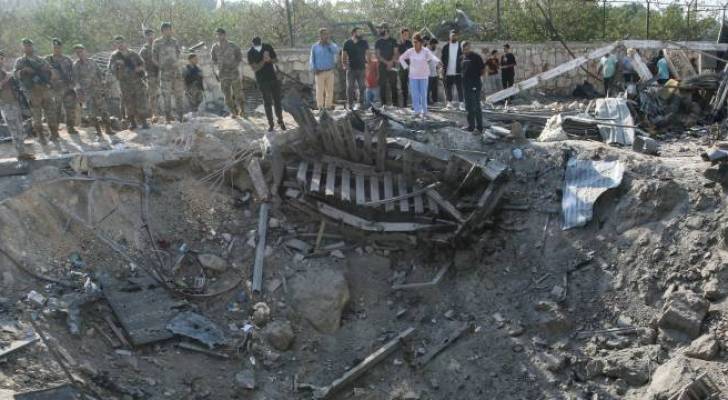The unseen strength of public institutions - By Zaid K. Maaytah, The Jordan Times
Look closely at any public institution and you will notice that its real strength is not always found where attention gathers, it rarely resides in the highest office or the most visible figure, more often it lives in the steady efforts of those who keep the work moving when leadership changes, those who protect the rhythm of service and the sense of purpose behind it, yet in many administrations these people, the second line of leadership, remain unnoticed until the moment their quiet stability becomes indispensable.
The continuity of public work depends on more than policies or regulations, it depends on a culture that understands leadership as a shared process rather than a personal title, every new appointment brings new energy and ideas yet it also rearranges habits and priorities, institutions that endure these changes are those that build a chain of trust and learning where each link strengthens the one that follows and where responsibility is seen as something to be passed forward not held tightly.
What often disrupts that chain is not a shortage of talent but a pattern of behavior that limits initiative, many leaders guided by a sense of duty prefer to keep decisions close, this tendency while rooted in caution gradually narrows the space for others to grow, deputies begin to hesitate waiting for instruction rather than acting on judgment, over time the organization loses its rhythm and becomes dependent on the presence of one person, and when leadership changes the institution must start again rebuilding what should have continued naturally.
Preparing the second line of leaders is not a matter of administration but of intention, as it means allowing deputies and managers to share in decisions and to learn through experience, and giving them space to make mistakes and to understand the reasoning behind choices, when people are trusted before they are promoted they develop the maturity that sustains institutions through transition, in that process followers become contributors and contributors grow into leaders and the organization learns to move forward without waiting for direction.
Few systems illustrate this better than the army where continuity is a matter of design where military institutions operate on the principle that no mission should depend on one commander, and every officer is trained to lead and to be replaced when necessary so that the mission continues regardless of circumstance, this is not about hierarchy but readiness, not about command but about trust, it is the quiet assurance that someone is always prepared to step forward, public institutions can draw from this discipline learning that continuity comes from preparation and shared responsibility rather than authority alone.
Some administrations have already discovered the value of long-term leadership programs that focus on cooperation instead of competition, senior officials are encouraged to train successors and to share the thinking behind their choices not just the outcomes, the result is more than a management tool, it becomes a cultural habit that builds humility and strengthens the collective purpose of the institution, when knowledge is shared rather than guarded the organization begins to see leadership as a continuum not a contest.
Continuity is not about resisting change but guiding it, it allows institutions to renew themselves without losing their identity, a capable deputy or an experienced department head can turn a leadership transition from a pause into an opportunity for progress, when leadership flows rather than stops the public begins to sense reliability and confidence in the institutions that serve them, knowing that their commitments will outlast the people who make them.
The strength of governance lies not in how inspiring a single leader may be but in how ready others are to continue the work, real leadership is measured by what endures after it not by what depends on it, when those in charge invest in the growth of others they create institutions that do not slow with each change of name or face, and when public systems begin to value preparation as much as performance they evolve from bureaucratic machines into living communities of purpose, steady in direction and rich in trust, ready to serve beyond any single term or title.
By Zaid K.Maaytahh — Researcher in Economics and Behavioral Policy
Latest News
-
 King to start visit to Japan on Saturday, first stop on Asian working tour
King to start visit to Japan on Saturday, first stop on Asian working tour
-
 ‘Israeli’ army announces new wave of attacks on Lebanon
‘Israeli’ army announces new wave of attacks on Lebanon
-
 NATO chief plays down US troop withdrawal from Romania
NATO chief plays down US troop withdrawal from Romania
-
 King listens to Parliament’s response to Speech from the Throne
King listens to Parliament’s response to Speech from the Throne
-
 Jordan, Germany sign €75M agreement to support economic modernization
Jordan, Germany sign €75M agreement to support economic modernization